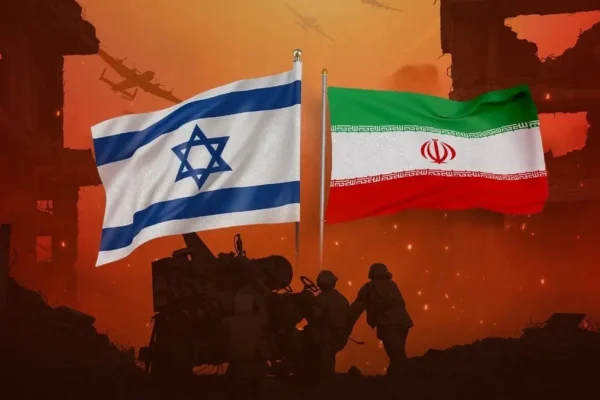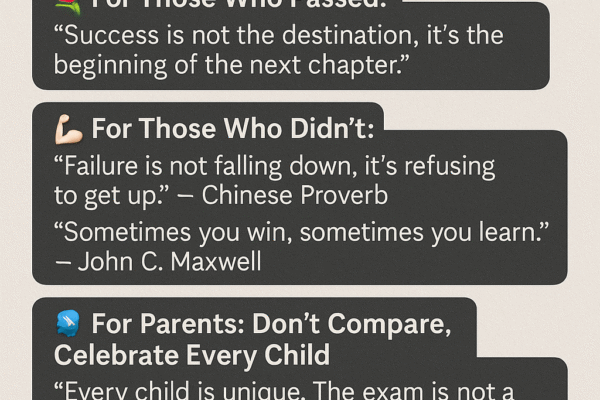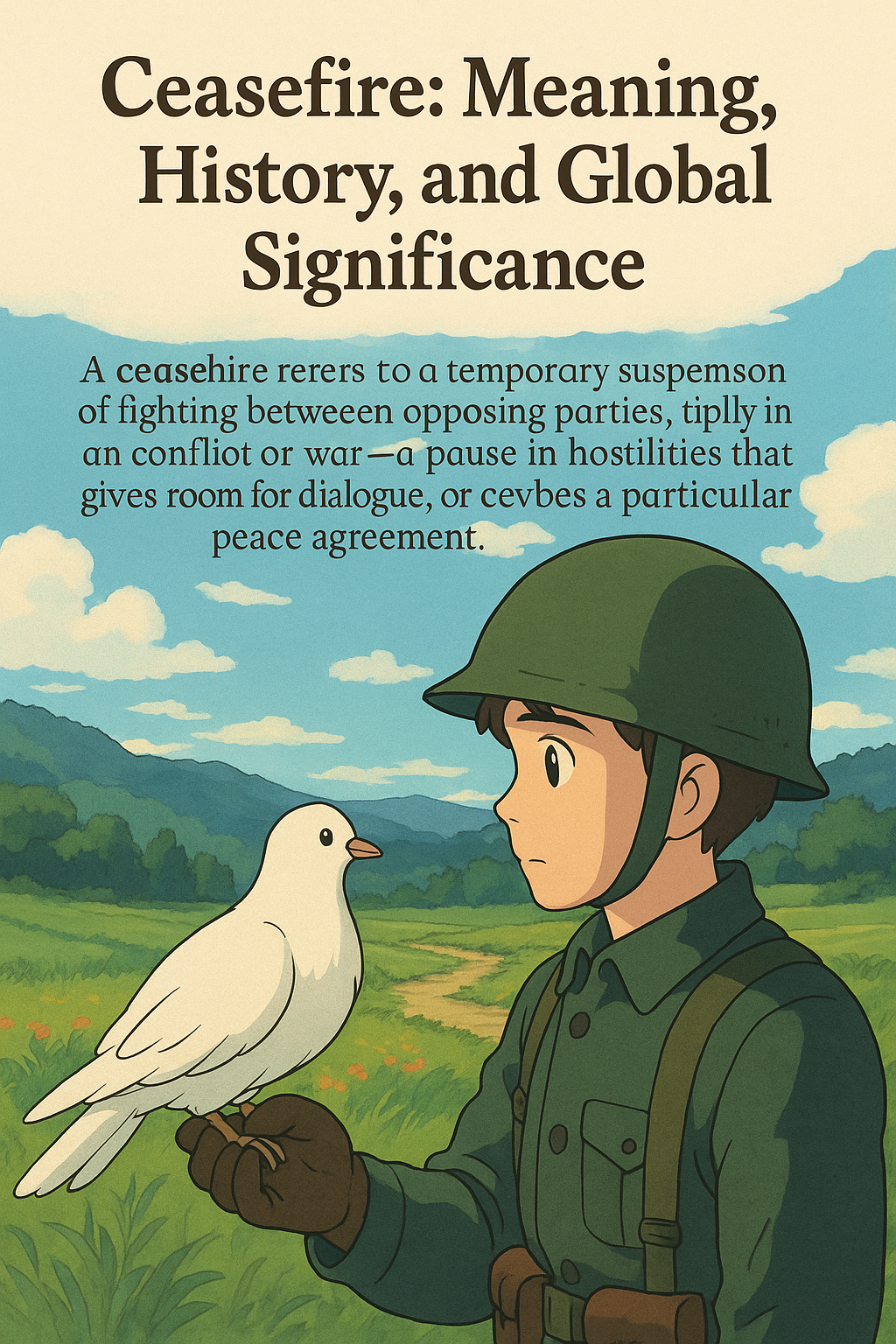The relationship between the United States and Iran has always been a dramatic saga filled with moments of intense confrontation and cautious diplomacy. As of April 2025, this complicated story has taken yet another sharp turn — with nuclear negotiations back on the table, political divisions inside the U.S. administration, and rising military posturing in the Middle East.
Let’s dive into what’s happening right now:

After years of strained relations, the U.S. and Iran have agreed to meet for a second round of nuclear talks this weekend — this time in Rome, following an initial round in Muscat, Oman. Oman continues to play the middleman in this sensitive diplomatic affair.
The backdrop to these talks has been made even more complicated by the resignation of Iran’s veteran negotiator, Mohammad Javad Zarif. His departure has brought in a new face — Mohsen Ismaili, a moderate but relatively unknown figure in international diplomacy.
The key sticking point? Iran’s uranium enrichment program.
While the U.S. wants Iran to cease enrichment activities, Iranian Foreign Minister Abbas Araghchi made it crystal clear: Iran’s right to enrich uranium is non-negotiable.

Within President Trump’s administration, cracks are starting to show regarding how to handle Iran’s nuclear ambitions.
Vice President J.D. Vance advocates for dialogue, hoping diplomacy can still avert a crisis.
National Security Adviser Mike Waltz and Secretary of State Marco Rubio are more hawkish, warning that Iran is using talks to buy time and calling for stronger action.
This internal divide has created a two-pronged strategy — while talks continue, the U.S. has deployed B-2 bombers and aircraft carriers in the region as a visible show of strength.

To increase economic pressure on Tehran, the U.S. imposed new sanctions targeting Iran’s oil exports, including penalties on a Chinese refinery that imported Iranian oil. This economic squeeze adds to the complexity of the ongoing nuclear discussions.
Meanwhile, Iran’s Supreme Leader Ayatollah Ali Khamenei remains cautious. He stated he’s neither overly optimistic nor pessimistic about the talks but reminded his nation that Iran’s fate should not be tied solely to these negotiations.

The world’s eyes are now on Rome, where the second round of talks is expected to either:
Make a breakthrough towards a peaceful, diplomatic resolution
or
Further escalate tensions, pushing both nations towards more dangerous confrontations.
With both sides standing firm and no sign of compromise on core issues, the road ahead remains rocky.

The U.S.–Iran situation is a classic example of 21st-century geopolitics: a mix of hard-nosed diplomacy, internal political drama, economic sanctions, and military pressure — all playing out on the world stage.
As talks begin in Rome, one can only hope that wisdom prevails over aggression, and dialogue triumphs over conflict.






 Israel and Iran: A Conflict That Humanity Cannot Afford A Call for Peace in a World Already in Pain
Israel and Iran: A Conflict That Humanity Cannot Afford A Call for Peace in a World Already in Pain  Published on: June 14, 2025
Published on: June 14, 2025  By: Wahid Malik
By: Wahid Malik 
 Heart Lamp: Stories That Quietly Break Your Heart
Heart Lamp: Stories That Quietly Break Your Heart 


